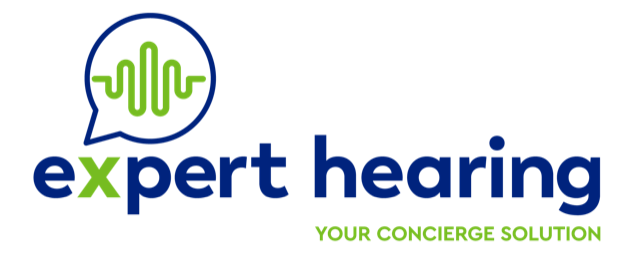For those with hearing loss, the most difficult environments are often not the quiet rooms where hearing tests usually take place, but the noisy, bustling spaces of everyday life. Whether it’s a busy restaurant, a crowded gathering, or a lively family event, understanding speech in noisy surroundings can be especially tough.
That’s why hearing health professionals use specialized methods to assess and treat hearing in real-world sound environments. These tests and treatments are designed to reflect the situations that matter most to people’s daily lives, offering practical solutions for navigating noisy situations.
Real-World Hearing Tests: Speech in Noise Testing
One of the most effective ways to evaluate hearing in everyday conditions is through speech-in-noise testing. Unlike traditional hearing tests, which are conducted in quiet rooms, speech-in-noise testing replicates the types of environments where hearing loss can become most apparent. In this test, a person listens to speech with background noise playing at various levels.
The hearing health professional measures how well the person can distinguish speech from the surrounding noise. The goal is to see how the brain processes sound when other distractions are present. The results help in identifying the specific challenges faced by people with hearing loss, particularly in real-world situations.
The Importance of Speech in Noise Testing
Many people with hearing loss report that their difficulties are not always in quiet settings but arise when they are in noisy environments. This is where speech-in-noise testing is important. Quiet-room tests might show that someone can hear sounds well enough, but real-life experiences tell a different story.
This test offers a much clearer understanding of how a person functions in noisy environments. This real-world approach helps hearing health professionals create treatment plans that focus not only on the general ability to hear sounds but also on how well someone can communicate in everyday life.
Customizing Hearing Aids for Real-world Scenarios
Once hearing challenges in noisy environments are identified, the next step is to find solutions that improve communication. Hearing aids help with this by using advanced technology to adapt to different settings. Many hearing aids automatically adjust to noisy places, focusing more on speech and less on background noise.
Everyday Listening Strategies
In addition to technology, practical strategies help improve hearing in noisy environments. Hearing health professionals often recommend specific techniques to enhance communication. For example, choosing a seat closer to a speaker or positioning oneself in a place that avoids excessive background noise can make it easier to understand conversations.
Other helpful strategies include facing the person speaking to take advantage of visual cues like lip-reading and body language. These simple adjustments, combined with properly fitted hearing aids, allow people to manage their hearing loss more effectively in challenging listening environments.
Regular Hearing Health Exams
Routine hearing health exams are critical in managing hearing loss in real-world sound environments. During these exams, hearing health professionals can monitor any changes in hearing ability over time. As people age or their hearing loss progresses, their needs may change, and their treatment plans must be adjusted accordingly.
Hearing health exams also allow hearing health professionals to ensure that hearing aids and other devices continue to perform optimally. As technology advances, newer hearing aid models may offer improved features that better support people in noisy settings. Regular check-ups ensure that people stay updated with the latest solutions to maintain clear communication.
Continuous Care Is Important
Managing hearing loss doesn’t end with fitting hearing aids; follow-up care is important for maintaining their effectiveness in different sound environments. Over time, hearing health professionals may need to fine-tune the devices based on lifestyle changes or unique needs.
Hearing health professionals also stay updated on new technologies and innovations that can enhance a person’s experience. As hearing science evolves, new treatments and devices emerge, offering improved support for understanding speech in challenging settings. Regular care and evaluations ensure individuals can communicate confidently in any environment.



